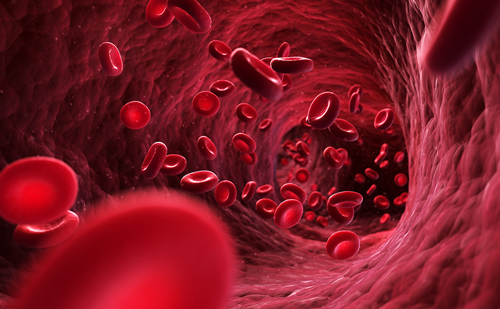Background: TriageHF (Medtronic) is a remote monitoring algorithm that stratifies a patient’s risk of a heart failure (HF) event within the next 30 days as high, medium or low, based on integrated cardiac resynchronization therapy (CRT) device diagnostic data. TriageHF remote monitoring became part of standard care at King’s College Hospital in 2021. Physiologists are automatically alerted of high-risk patients, which prompts urgent telephone assessment to identify those with genuine worsening HF. Timely review and treatment of high-risk patients aims to prevent HF decompensation and hospitalization.
Methods: This single-centre retrospective service evaluation investigated whether TriageHF accurately identified those with worsening HF and reduced HF hospitalizations at our trust. Eighty patients with Medtronic CRT devices and TriageHF remote monitoring enabled were identified. Data regarding patient demographics (including HF aetiology, ejection fraction and relevant medications), number of all-cause and HF hospitalizations, and number and classification of TriageHF transmissions were collected from electronic patient records. Data from the year before TriageHF initiation (2020– 2021) were compared to that of the year following TriageHF initiation (2021–2022).
Results: The number of HF hospitalizations was significantly lower in the year following TriageHF initiation compared with the year before (0.25 versus 0.075 mean events per patient year, p<0.05). There was no significant difference in the number of all-cause hospitalizations. Between 2021 and 2022, a total of 339 TriageHF transmissions were received, of which 43 (12.68%) were classified as high-risk, 98 (33.33%) as medium-risk and 153 (54.04%) as low-risk. The CRT device physiological parameters that most commonly contributed to high-risk TriageHF transmissions were OptiVol (72.09%) and patient activity (65.17%). Telephone assessment of high-risk transmissions confirmed 18 (41.86%) as positive for worsening HF. Clinical intervention for positive highrisk patients most commonly included optimization of current cardiac medication (72.22%). Only 1 (5.56%) positive high-risk transmission was associated with HF hospitalization within 30 days of the alert despite clinical intervention.
Conclusions: TriageHF permitted timely review and treatment of patients with worsening HF and successfully reduced the incidence of HF hospitalization. The combination of integrated device diagnostic data and protocolised telephone assessment of patients offered an efficient alternative to in-person clinical assessment, providing convenience to patients and burden relief for the HF team. Overall, this study demonstrates the importance of robust remote monitoring pathways, like TriageHF, for optimising the care of patients with HF. ❑
Figure 1








